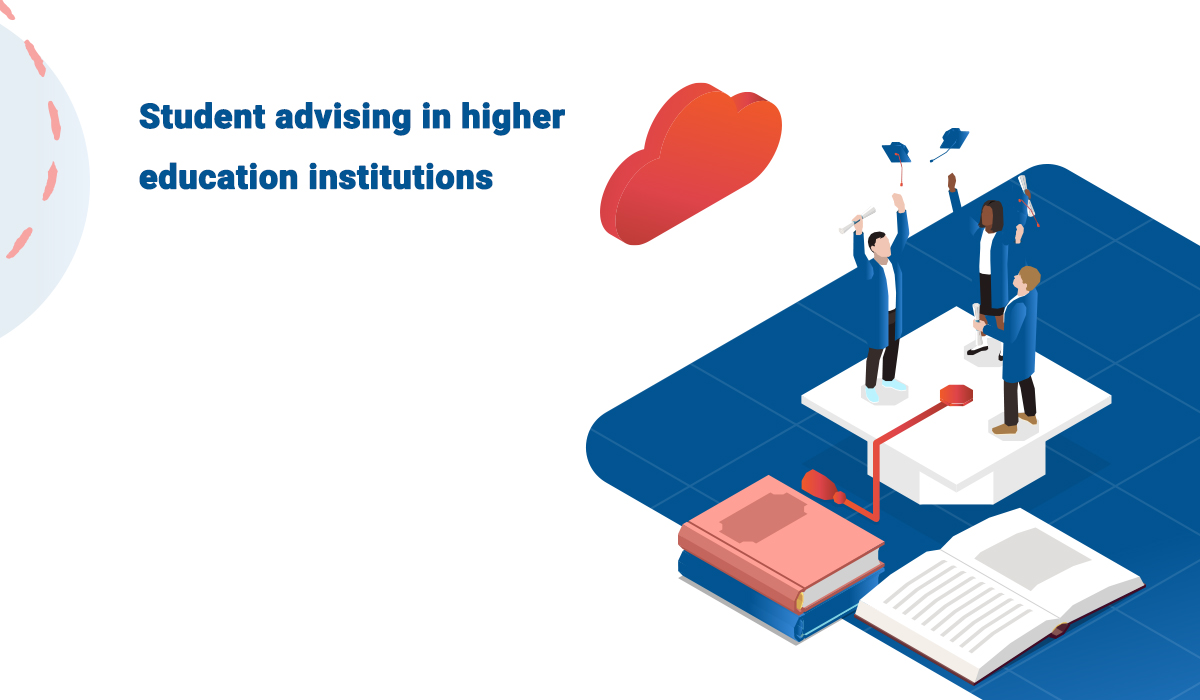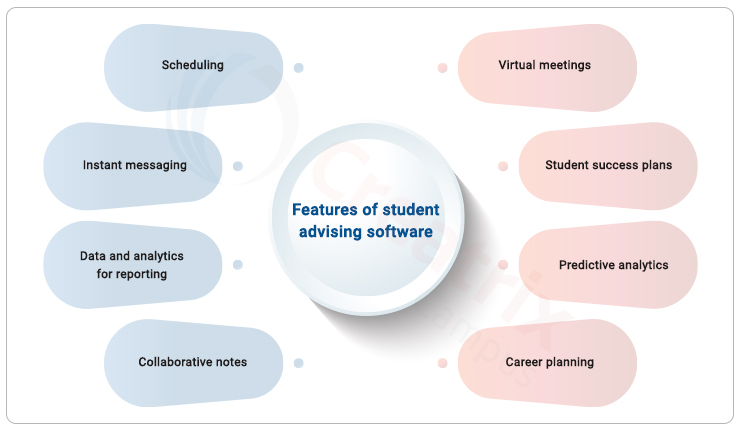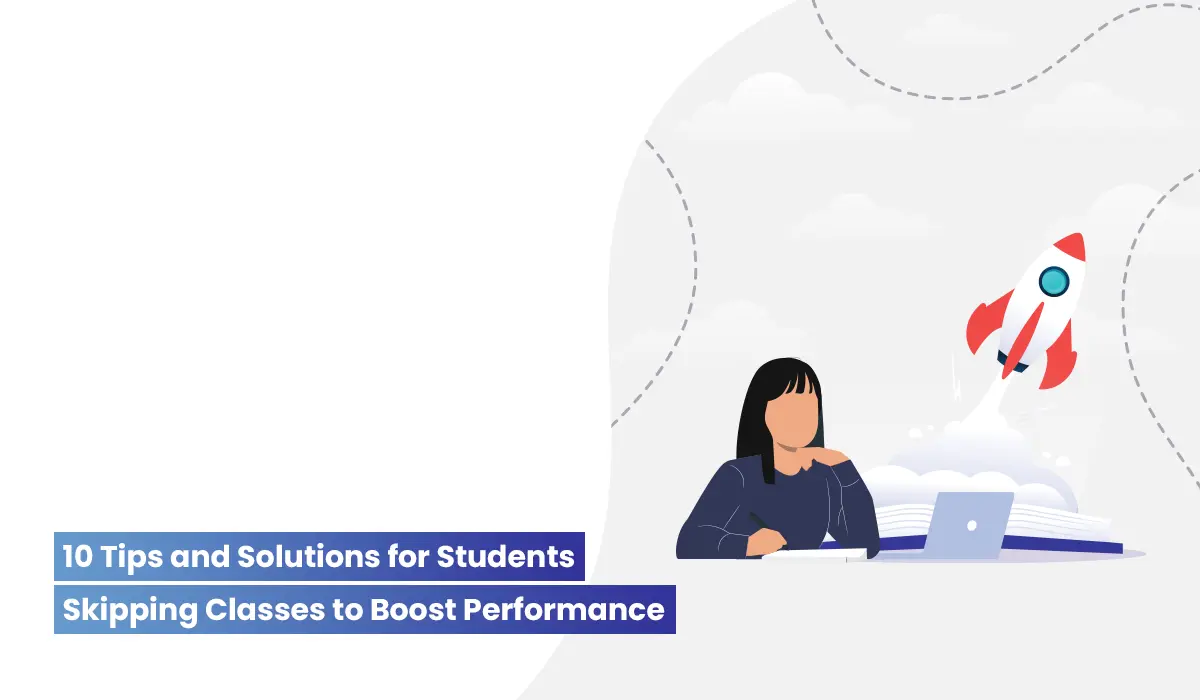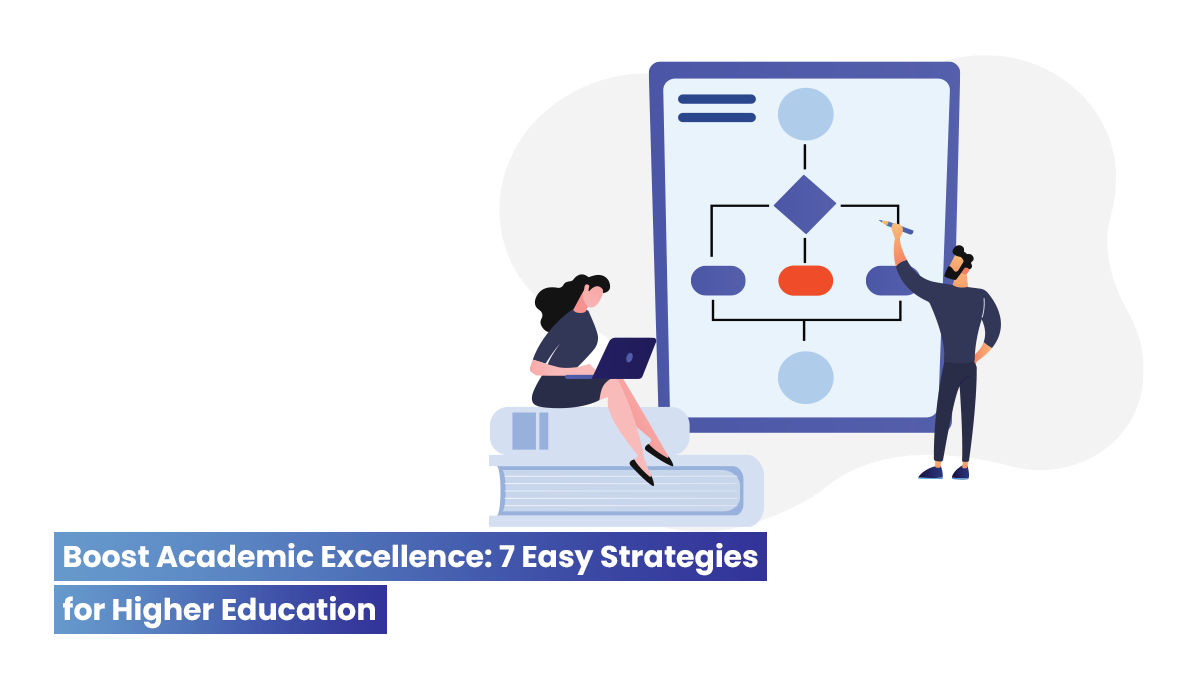How Technology revolutionalize the Student Advising Process

The student advising process helps faculty a great deal in keeping students on track and gives them proactive and personalized support.
Gone are the days when the missing and incorrect student information filed in outdated paper files prevented faculty, counselors, and Registrars from consistently providing quality advising to the students. This ill-organized process may even impact student retention and on-time graduation rates, jeopardizing the whole institution’s fiscal health.
Student advising technology has thus become a necessity. It equips those on the front lines of student service with accurate, thorough, and fully updated student information needed for effective student advising. Let’s discuss how technology revolutionizes the student advising process.
What is student advising?
Student advising is an opportunity to empower students in need; the process involves the exchange of information and seeking guidance in order to realize their potential and to achieve their educational and career goals.
What is student advising software?
The student advising software enables higher ed campus leaders and counselors to promote, communicate, connect and track interactions between students and their academic advisors or college counselors effectively. Some of the typical features a student advising software includes are
- flexible scheduled appointments
- virtual meetings / face-to-face meetings
- instant messaging
- student success plans
- data and analytics for reporting

The rising need for student advising software
A huge 91% of institutional leaders are concerned about the mental health of their returning students. And about 47% of them are worried about sufficient student tutoring, advising, and support.
Research in the past has always indicated the fact that the student retention rate is on a rise due to the lack of quality of interactions with faculty and peers. The student academic advising system thus forms a fundamental institutional step to educate, retain, and support students in any college or university.
For institutions that support low-income populations, academic advising can be extremely advantageous. Trust us, institutions with successful student completion rates will definitely have strong student support systems like academic advising.
Here’s why you need student advising software;
To ease academic planning
Freshmores come into a college with a lot of anxieties. With the student advising platform, students can easily figure out paths to graduation, assess courses by checking their eligibility across semesters and see the real impact of their choices.
To neatly show the path to achievement
Academic advising assists students to be on the right track to academic completion.
Links students to the proper support network
It makes students easily seek guidance about their majors and career paths, and seek help about the complex campus systems.
Fosters a feeling of oneness with the institution
To first-generation students and to those from ethnic minorities, isolation and disconnectedness are always a concern. Having designated advisors and counselors does empower students to achieve their personal and academic goals.
Predicts better persistence
It facilitates engagement and better mental health among freshmen.
According to NASPA, institutions have already started investing in technology in order to transform academic advising and student success. The digitally-enabled student services are thus slowly replacing the traditional in-person services offered on campus.
Features to expect from student advising software
Similar to a learning management system that encourages anytime, anywhere access learning, student advising software extends student support even beyond campus. Some of the typical features of academic advising software include:
- Scheduling: students can easily self-schedule appointments with their counselors.
- Virtual meetings: Connects them via face-to-face discussion with ADA, HIPAA-compliant built-in video conferencing.
- Instant messaging: Quickly responds to students' queries through instant live messaging options
- Student success plans: Creates collaboration with faculty and staff to curate personalized plans that help every student succeed.
- Data and analytics for reporting: Easy integration option with LMS and SIS to widen the breadth and depth of institutional reports.
- Predictive analytics: Help predicts students' at-risk.
- Collaborative notes: Promotes visibility by allowing advisors, teachers, and other faculty to communicate in a common space and to share notes.
- Career planning: Allow users to explore the degrees offered, entry requirements, fees, etc, and better plan their career.

Time to take a call - Creatrix student advising software
Designed to keep students engaged, whether they study remote or on campus, the Creatrix student success management module offers individualized support to the students. With data-informed insights, it allows customized advising outreach and communications options to connect with students from wherever they are.
With clear, role-based dashboard views, advisors can easily identify at-risk students and assist them more effectively and efficiently using a variety of reporting options. Universities and colleges are using the Creatrix student advising platform to:
1. Boost student success and retention techniques: This is by identifying students at risk with institution-friendly configurable success benchmarks and triggers to self-identify students of their challenging areas. This is followed by tracking students’ academic engagement through LMS integration.
2. Personalize communications and outreach: With workflows that customize communication plans, students are ensured to feel more connected. Setting up automated communication plans and tracking engagement over time.
3. Track student performance: Giving advisors the capability to keenly monitor key performance indicators that indicate the student engagement levels and auto-detect students who need support early and help early on. Submit multiple action plans as per the cases.
4. Coordinate holistic student support: Coordinate to the fullest with students, thus streamlining the case management and student outreach. View student support plans in real-time and track their progress in the long run.
5. Measure performance and results: Track students’ trends and progress over time. Counselors can easily monitor high-priority issues, the progress of student cases, and communication across student success teams.
To know more about our student advising software platform submit the demo form; we will be happy to connect to discuss with you all the features that you would need for online advising and counseling.



